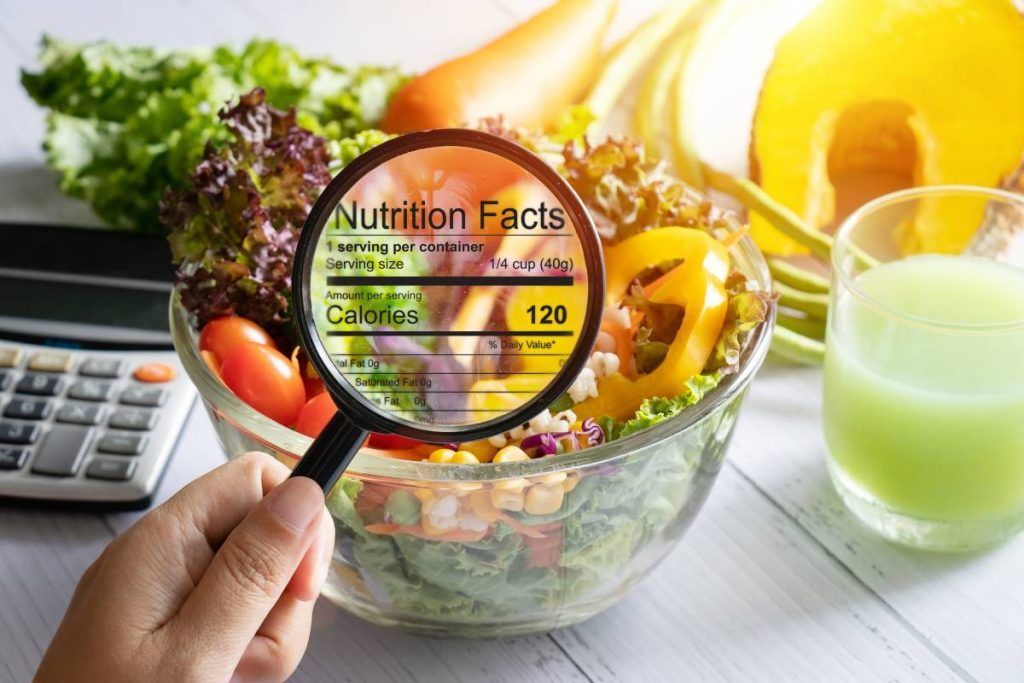
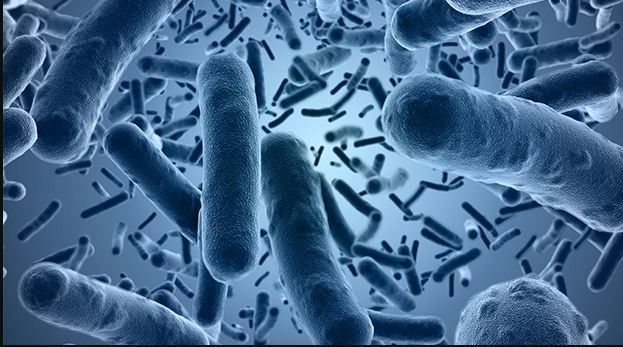


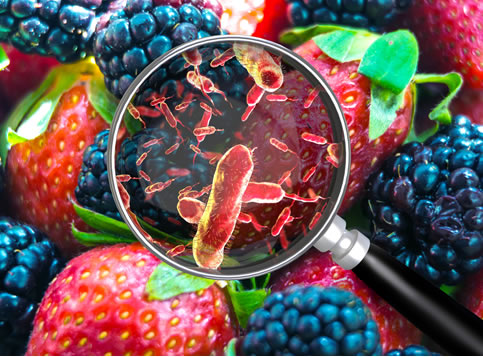
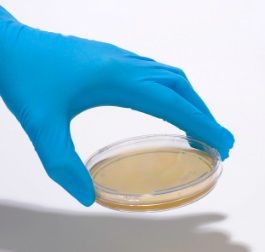
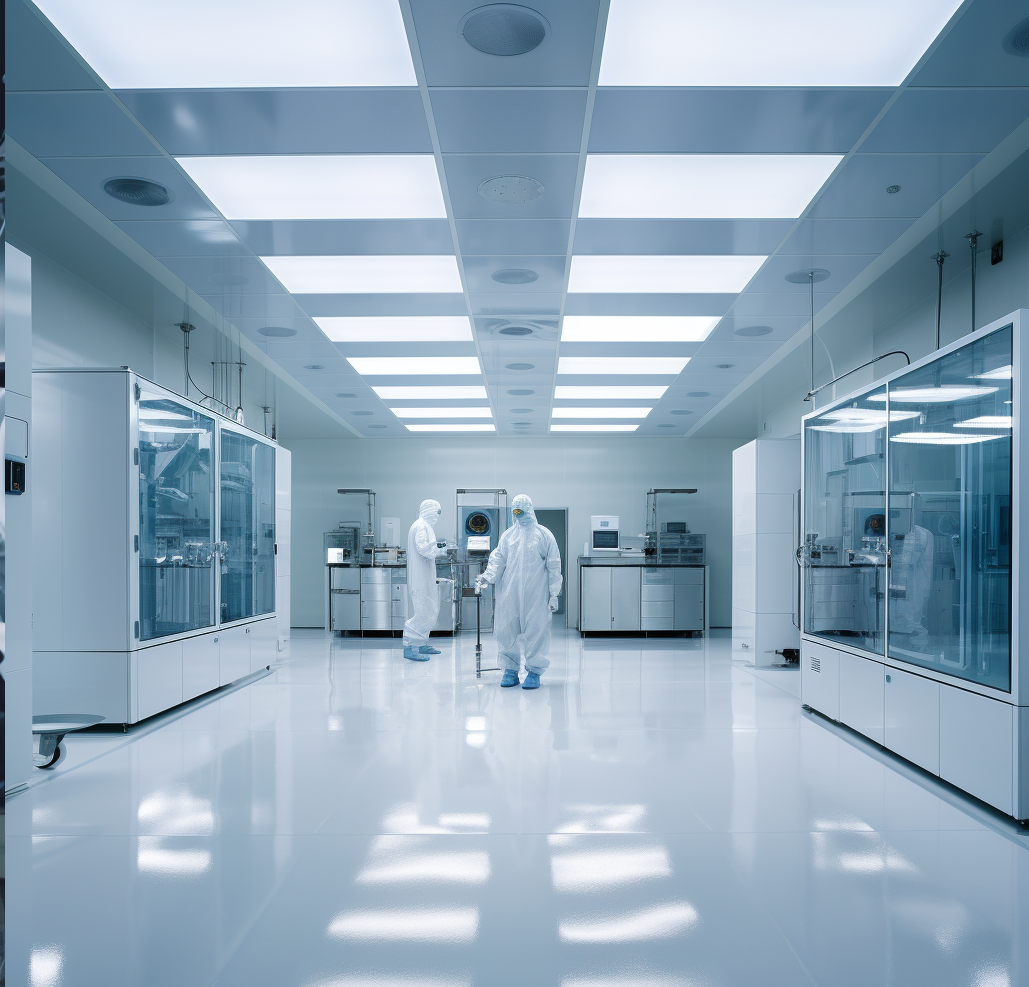
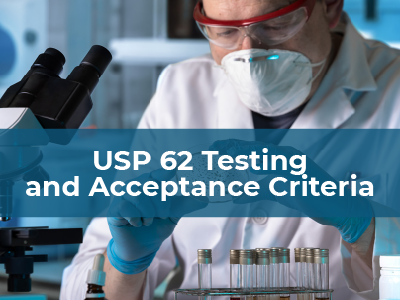

In principle, the concept of environmental monitoring is easy to understand. It’s all about looking at a predetermined area and ensuring its conditions are conducive to the desired outcome.
In the pharmaceutical industry, environmental monitoring looks to establish that the practices and procedures being applied to product development are helping to create a safe, sustainable workspace that reduces the risk of microbial intrusion.
A little more complicated, right? That’s ok. In this article, we break it down step by step to explain what environmental monitoring evaluates and how these findings are assessed at a professional level.
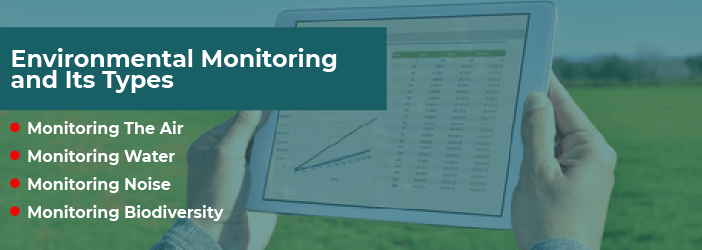
Naturally, many factors contribute to the overall suitability of a work environment. This includes everything from the sanitation habits of the people working in this space, to the air that these people breathe.
Detailed environmental monitoring systems evaluate all of these factors to provide a comprehensive examination of the area in question.
Environmental air monitoring is done to ensure that air conditions are safe for humans. In a community setting, this might mean ensuring air breathability by testing for airborne contamination and pollution.
In the pharmaceutical industry—more on that later on—the specifications become very specific.
Air quality is measured through the air quality index. Often referred to as the AQI, the air quality index runs from 0-500. The instrument works similarly to a thermometer, but instead of measuring temperature, it evaluates contamination levels.
Anything from
0-50 is considered good. From 100-150, the air is considered unhealthy for sensitive groups, and over 200 is considered dangerous for anyone. Major cities tend to have higher scores, with many highly populated areas on the planet having average AQI ratings in the upper 100s.
Water is evaluated in environmental monitoring to ensure it is safe for human consumption. This involves looking for potential contamination and making sure that microbial levels don’t exceed the allotted amount.
It’s important to note that water monitoring is not only for drinking water but can also have ecological goals as well. For example, water monitoring might be used to determine if factory runoffs are having an adverse effect on a local natural body of water.
This information, in turn, can contribute to researchers’ understanding of local biodiversity and what kinds of factors contribute to fluctuations.
Environmental monitoring for noise involves making sure that noise levels are not only safe but also reasonably comfortable for human habitation.
It’s important to note that noise monitoring usually happens in a very general way. Noise levels are being taken from all directions and aggregated into an average. Consequently, most environmental monitoring systems that track noise cannot identify the
culprit of noise pollution.
At best, noise monitoring technology can narrow down a noisy area, at which point, further investigation is required to pinpoint the source of intolerable noise levels.
The ideal noise level for reducing the odds of noise pollution is 70 decibels or less over a twenty-four-hour period. However, many experts agree that this number may still lead to hearing damage over time.
In any case, overexposure to loud noises can have numerous health risks, including increased chances of heart disease.
Environmental monitoring for biodiversity means making sure that population levels of specific plants and animals within a predetermined area remain stable and healthy.
Fluctuation is natural. However, through environmental monitoring for biodiversity, scientists are better equipped to understand unnatural or otherwise problematic forms of biodiversity reduction. This can include everything from overhunting/harvesting to the introduction of an invasive species with problematic implications. The sooner these factors are identified, the quicker they can be mitigated.
Contrary to popular belief, biodiversity is not necessarily a matter of prioritizing population stability. Animals die out or migrate. Plant species ebb away in certain areas only to reappear in others.
The biodiversity monitoring process itself does not necessarily have an agenda. It’s simply about taking down information. Through these findings, researchers can have better-informed conclusions about what needs to be done.
If, for example, unusual migration patterns in elk are identified due to climate change, little can be done at the local level to make a difference. If, however, this migration is a consequence of deforestation, there may be legislative recourses to explore.
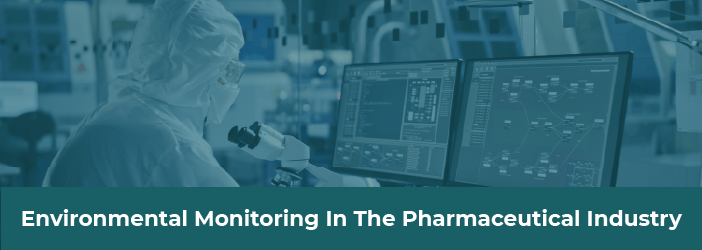
Environmental monitoring in the pharmaceutical industry is about consumption rather than habitability. The idea is to monitor and foster conditions that will promote the safe production of pharmaceutical products.
Why does environmental monitoring matter for pharmaceuticals?
The simple answer is that regulatory standards demand it, but the reason they demand it is even more important: regulations are in place to make sure that products are safe for humans to take.
Very small issues—hands that are washed frequently enough or air circulation that isn’t tuned quite right—can have very serious implications for the product itself.
Environmental monitoring in the pharmaceutical industry is all about isolating variables and monitoring them appropriately. This includes everything from air monitoring, to personal monitoring and surface monitoring.
Air monitoring identifies the acceptable level of CFU particles that are in the air. Professional grade cleanroom standards mandate specific CFU particle intrusion acceptability levels that fluctuate depending on what is being produced.
In almost all cases, however, the acceptable level of CFU presence is significantly lower than what naturally occurs, requiring intricate ventilation and circulation systems to keep air quality high.
Personnel—the people working in a cleanroom—are perhaps the most unstable variable in the pharmaceutical production process.
While employees are held to extremely high personal hygiene standards, even very minor mistakes can result in significant intrusions at the microbial level.
Employees that work in cleanroom settings are vigorously trained when they are vetted for their position. Often, monitoring practices require the new hire to pass very basic personal hygiene tests before they are even allowed to begin working.
Once they have been hired, they will continue to be routinely evaluated for their hygiene practices. This includes workspace swapping, glove tip tests, and routine training that occurs on an ongoing basis.
While every cleanroom employee is trained vigorously, it takes only a very minor mistake to trigger contamination.
A person forgets to wash their hands. They do wash their hands, but not for long enough. A corner gets cut, a process is forgotten, and before long significant corruption occurs.
In environmental monitoring, surface testing refers to the process of looking at the workstations being used. Surface testing results will be influenced by both the air quality and the behavior of personnel.
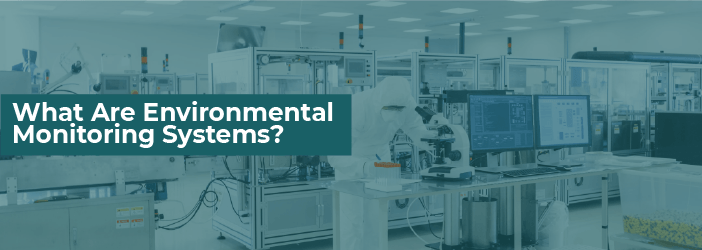
The environmental monitoring system is a collection of techniques and components that evaluate all of the above-stated conditions. Each system can be varied significantly to meet the needs of the specific situation.
Practically speaking, environmental monitoring involves taking air samples, swabbing work surfaces and the equipment that gets used on them.
It includes evaluating the sanitization held up by personnel through tests that include things like cutting off the tip of their gloves after work has been completed to see what level of contamination is present.
Environmental monitoring equipment is designed to collect data that will then be evaluated against regulatory standards. This includes lots of swabs and testing solutions, but also physical devices that may be placed in the cleanroom to take constant readings.
Environmental monitoring tools are powered by various types of technology. This includes hard devices like air quality measurement chambers but can also involve various software programs that track, store, and interpret data.
Data in environmental monitoring is all about finding out what is in a specified work environment and discovering how this information relates to the regulatory standards that are being upheld.
Once the data has been taken and processed it is evaluated against the standards the manufacturer is obligated to withhold.
The findings can be used to invoke penalties and establish the overall suitability of a product, but it is also used to make important decisions on training and other sanitation practices.
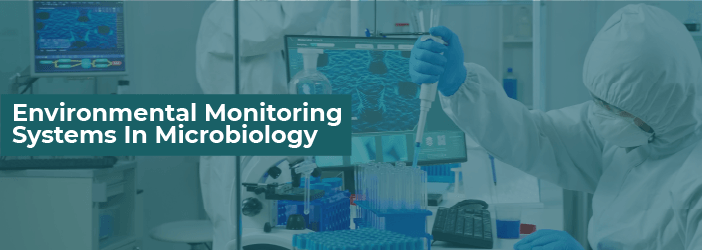
Environmental monitoring systems in microbiology evaluate everything from the facility itself, to the lab, cleanroom, and air that is circulating through the ventilation system.
Facility monitoring is a broad concept that evaluates the overall microbial levels of a specific area. Data is taken over a long period to establish long-term ranges and averages.
As with all things cleanroom related, the objectives for the facility in question may vary significantly based on the objective.
Some facilities may have relatively loose standards while others can be quite stringent.
Laboratory monitoring systems could include equipment that tracks temperature, CO2 levels, air pressure variances, and other factors that contribute to the overall suitability of the space.
Modern technology allows these readings to be processed in real-time, making it easy to pinpoint intrusions and corruptions as they occur.
Cleanroom monitoring systems will depend entirely on what is being monitored and what standards must be achieved. Nevertheless, there are consistent pieces of equipment that are used regularly to monitor the suitability of a cleanroom space.
This includes everything from gas monitors and airflow transducers, to portable clean environment tables.
Air quality monitoring tests for contaminants, but also uses sensors to detect things like carbon levels, humidity, and general airflow circulation. Depending on what activity the space is being used for, the standards that need to be met can vary pretty tremendously.
For highly sensitive processing and development, contamination levels are very precise, often allowing for under 1000 particles per cubic foot.
For context, a typical uncontrolled indoor environment can easily contain 1.5 million airborne contaminants.
The less sensitive a process is, the laxer the standards become but in all cases, air monitoring for a cleanroom or laboratory condition will need to register particle numbers that are drastically lower than the typical average.
Relative humidity monitoring refers to the dichotomy between how much water vapor is in the air versus how much is supposed to be there. Excessively high humidity levels can create unsafe work environments while also fostering the growth of bacteria and fungi.
For example, pharmaceuticals are particularly vulnerable to heightened levels of humidity.
Too little humidity can also be problematic, particularly for people. Low levels of humidity inflame nostrils which is why winter is so often associated with nose and throat problems.
Environmental monitoring is a complex concept best left to the pros. Professional assistance can help hook you up with a monitoring system that keeps track of your numbers in real time.
Not only does this help you avoid
regulatory penalties, but it can also provide you with a highly granular information set that can, when used correctly, better inform your ongoing operations.








Interested in Working with
Sure-BioChem Laboratories
Sure-BioChem Laboratories offers top-notch analytical testing for various industries. Our advanced lab and expert team ensure reliable, quality results. We're committed to excellence, helping clients meet high standards in environmental, food, and pharmaceutical testing.
Headquarters:
1000 Atlantic Avenue
Camden, NJ 08104
PHONE: 888-398-7247
Main Menu